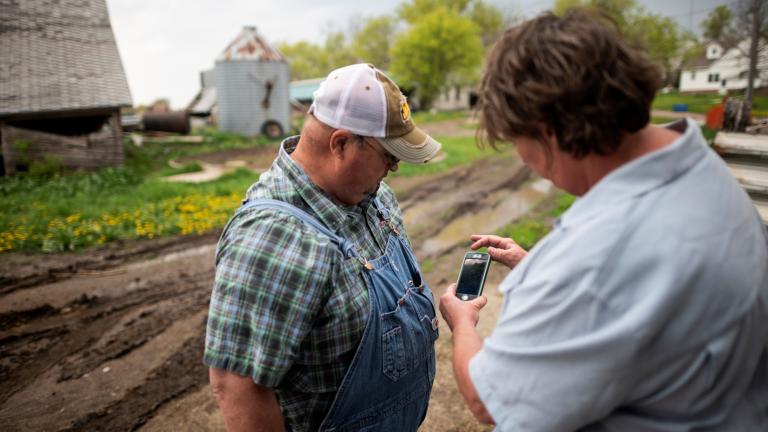When I talked to Rep. Jay Inslee, he specifically asked me to emphasize to readers the distinction between coal gasification (that is, producing electricity in IGCC coal plants) and coal-to-liquids (that is, producing liquid diesel fuel from coal via the Fischer-Tropsch process).
The former might some day be environmentally tolerable, if accompanied by carbon sequestration. The latter will never be tolerable, because even if the CO2 created in manufacturing is sequestered, the fuel itself releases twice as much CO2 as gasoline when combusted.
Inslee said that CTL proponents are deliberately trying to confuse legislators and the public by wedging CTL under the “clean coal” banner alongside IGCC. But it’s not clean. For my part, I plead guilty to confusing the two in several past posts. Never again!
Anyway, the coal industry and its allies are conducting an all-out PR push to get CTL plants subsidized and built. But they’re pulling some of the same flim-flammery as IGCC proponents. That is, when they discuss the costs of CTL, they don’t include carbon sequestration (a technology that, when it comes to CTL, basically doesn’t exist yet). But when they discuss the environmental impacts of CTL, they include carbon sequestration.
This Christian Science Monitor piece gives a good rundown. Watch this bait and switch:
But CTL supporters say the industry would produce “clean fuel” that helps the environment by putting out fewer smog-forming nitrous oxides and other chemicals than regular diesel fuel. If 85 percent of CO2 from coal-to-liquid refineries could be captured and stored, CTL diesel fuel would then have about the same emissions as a gallon of regular diesel, they say.
“By the time this first fleet of CTL plants is constructed, that technology will be there and we’ll be using it,” [Coal-to-Liquids Coalition spokesflack Corey] Henry says.
Such a promise was called into question in a DOE environmental impact filing in December, which reported that a leading CTL development had no near-term plan to capture any of the 2.3 million tons of CO2 it would produce annually. The $800 million project, which would make 5,000 barrels of CTL fuel a day in Gilberton, Pa., is part of an industry push where CO2 capture costs are frequently not factored into the bottom line of the business plan, Wall Street analysts say.
Here’s the take-home message. When it comes to CTL, we have two choices:
- CTL + carbon sequestration: This will be grotesquely expensive, and will only happen with massive government subsidies. The net result will be a liquid fuel that is just as bad for the atmosphere as current liquid fuels.
- CTL without carbon sequestration: This might be economically viable without subsidies, but it would be an utter disaster in terms of global warming.
Here’s a third choice: URGE2.
Coal is the enemy of the human race. The coal industry is desperately trying to keep itself alive with boondoggles like CTL. There’s absolutely no reason we should help it along with huge taxpayer subsidies. Just let coal die.


